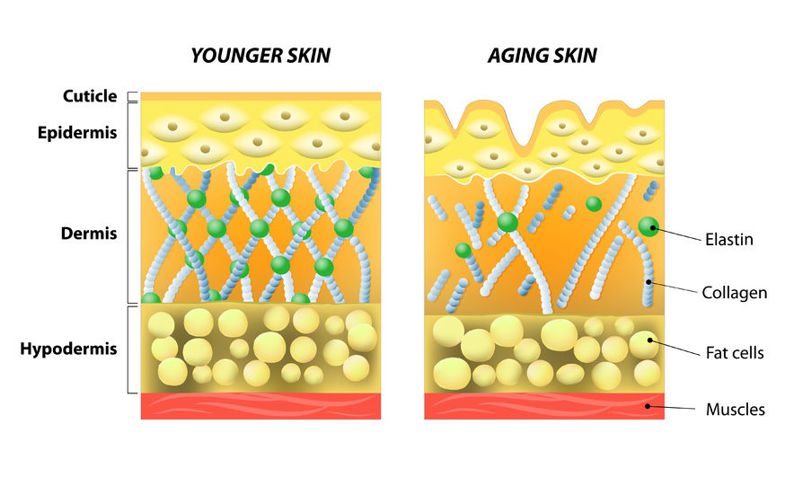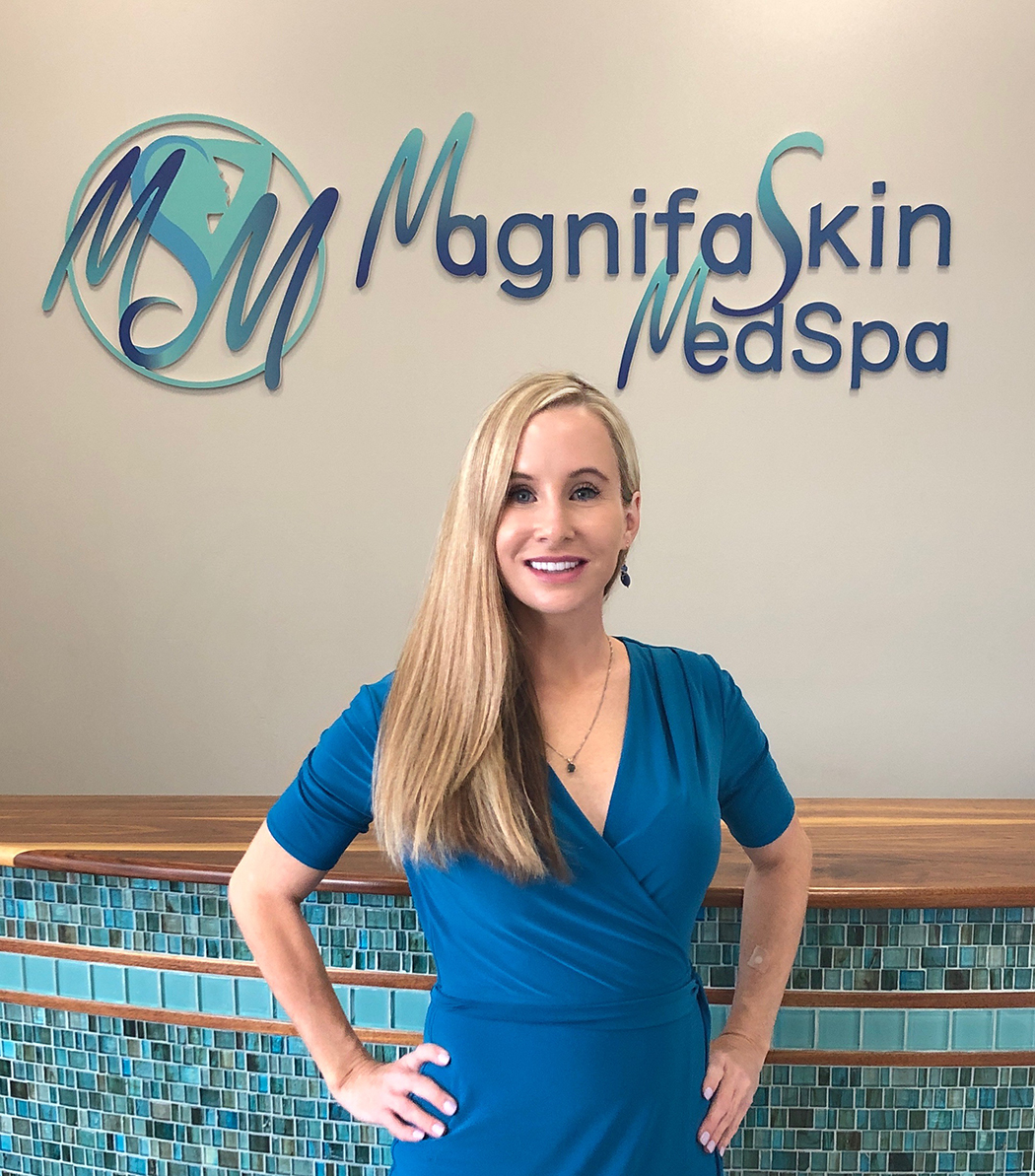
The Science of Laser Skin Rejuvenation: Why it Works
None of us like to look in the mirror and see our youthful beauty slipping away. We exfoliate, sunblock, and moisturize. We try to get proper rest and eat right. But no matter what we do, as time passes our skin starts to look older. It’s subtle at first: a few lines and tiny wrinkles that weren’t there a couple years ago. Then as time passes and the elements take their toll, as our body stops producing youthful amounts of elastin and collagen, and as underlying muscles atrophy we find ourselves dreading looking in the mirror. Our skin looks old! But what if we could turn back the clock? What if there was a way to not only make our skin look younger, but be younger? This is the science of non-ablative laser skin rejuvenation.
It’s more than just resurfacing
Laser skin resurfacing has much the same effect as a chemical peel, removing the top layers of skin to reveal the younger, healthier skin cells underneath. This is referred to as ablative laser skin rejuvenation or resurfacing. The top layer of skin cells are destroyed and the dermis, the layer which contains collagen and elastin, is damaged. When it heals, the skin is tighter and your body will have replaced the destroyed skin cells with new healthy cells. The result is actually younger skin as there is now more collagen and elastin, reducing the appearance of wrinkles and fine lines. The downside is a long healing time and tender skin that may look burned.
Non-ablative laser skin rejuvenation goes much deeper, stimulating new production of collagen and elastin but without harming the top layer of cells. It doesn’t burn because the light is spread out in an inverse cone, which allows diffused light to pass through the top layer of cells before the many beams come together just under the surface. Where the beams focus enough heat is generated to cause damage to the dermis. This is actually a good thing because your body will respond by healing the damaged area. When it does, new (and more) collagen and elastin are produced, which improves elasticity and firmness, filling in fine lines and wrinkles while literally turning back the clock on your skin’s aging process.
What’s this collagen and elastin stuff and why does it matter?
Collagen is the most abundant protein in the human body, making up almost one-third of our total protein. Under a microscope, collagen will appear as tiny interwoven fibers. They hold our tissues together, which is why our skin sags as we age. Less collagen means that the underlying supporting structure of our skin is not as strong and can no longer fight gravity as well as when we were younger.
In addition, as we age the collagen fibers become more rigid and cross-linked. This pulls our skin out of shape, resulting in wrinkles. Because we also form less elastin at the same time, our skin can’t spring back to its original smooth shape.
Some fascinating facts about collagen:
- Some types of collagen are stronger than steel when compared by weight
- Production declines with age and exposure to UV (sunlight). Smoking also has a major detrimental effect on collagen production.
- Cosmetic lotions that claim to increase collagen are unlikely to work, as collagen molecules are too big to pass through the skin.
- Regular exercise and a healthy diet can greatly slow the loss of collagen as we age.
Elastin
Where collagen is fibrous and tough, elastin is a highly elastic protein, as you would guess from the name. As we move our face and make expressions, we are constantly stretching the tissues out of shape. It is elastin that causes our skin to snap back in to place. The less elastin we have, the more poorly our skin responds to being pulled out of shape. This places more load on the collagen fibers, which then break down faster.
Imagine the elastin as a rubber band. Stretch that band a thousand times and it loses its ability to snap back in to place. This is why our skin sags as we age.
Conclusion
The loss of collagen results in wrinkles and lines and loss of elastin causes our skin to sag. Non-ablative laser skin rejuvenation forces our body to produce new and more of both of these important proteins in response to heat damage to the dermis, the layer of skin just under the surface, resulting in truly younger skin.

Be the first to know about new Specials, and blog posts with valuable free information on skin care, beauty and wellness. Sign up below and you'll receive an email notice of new specials as well as new posts. You can unsubscribe at any time.



